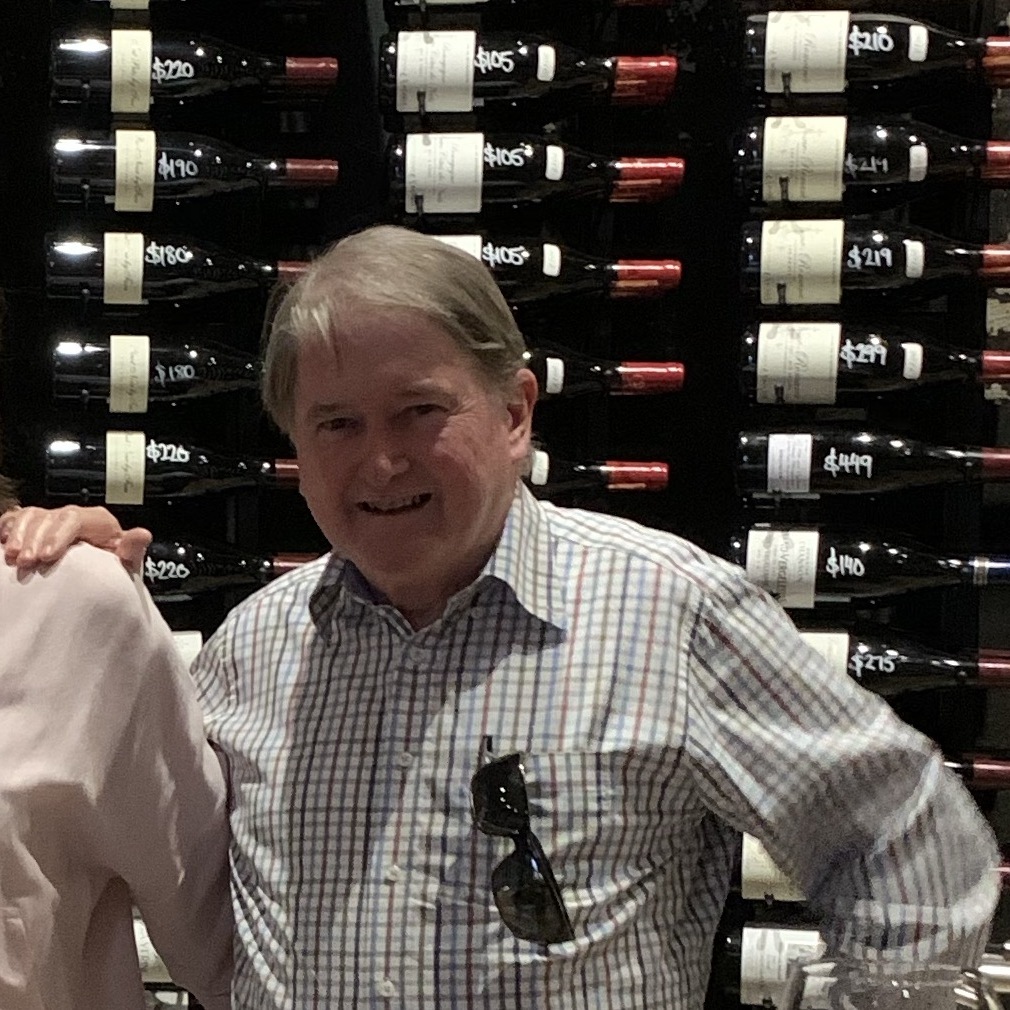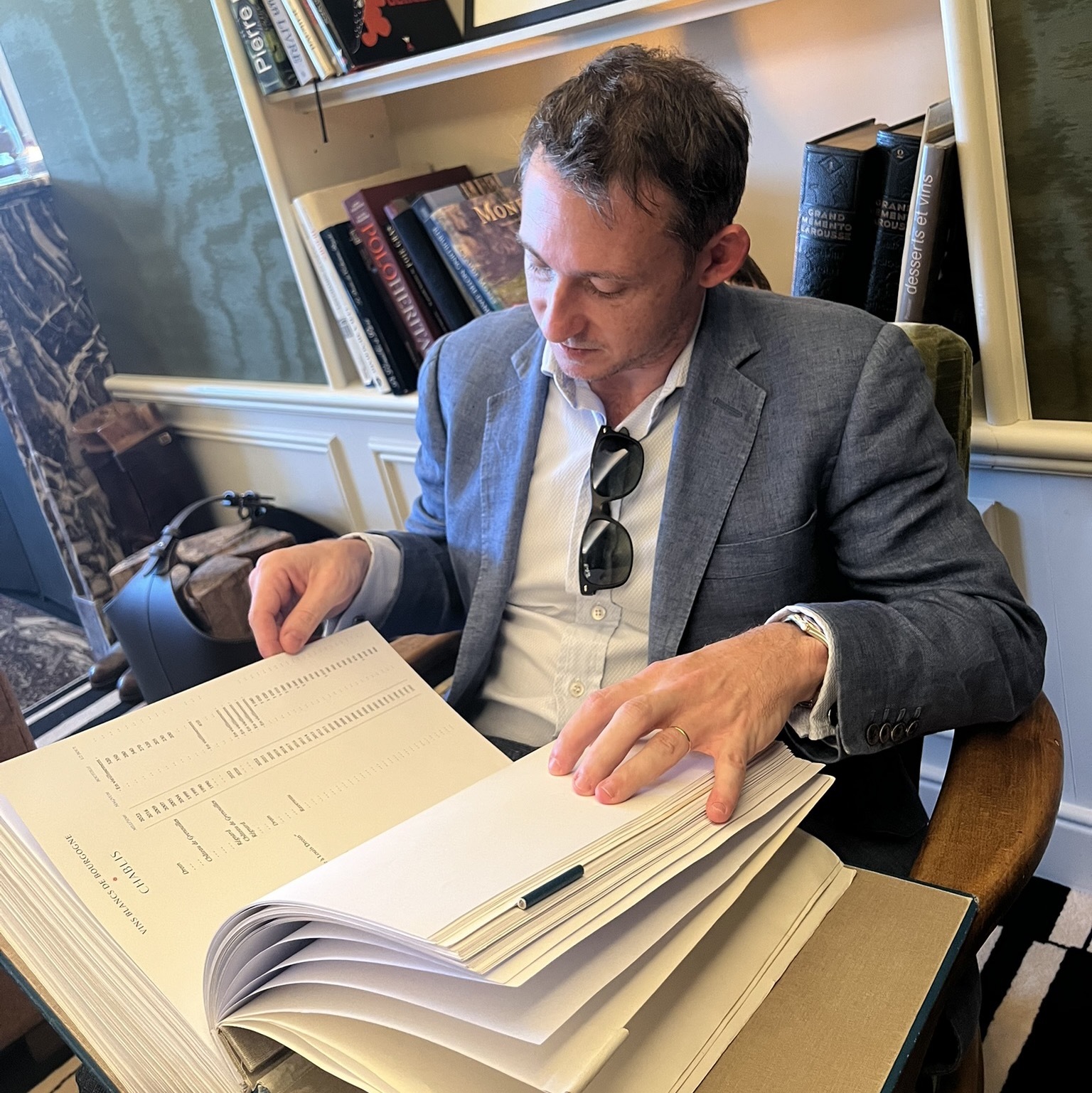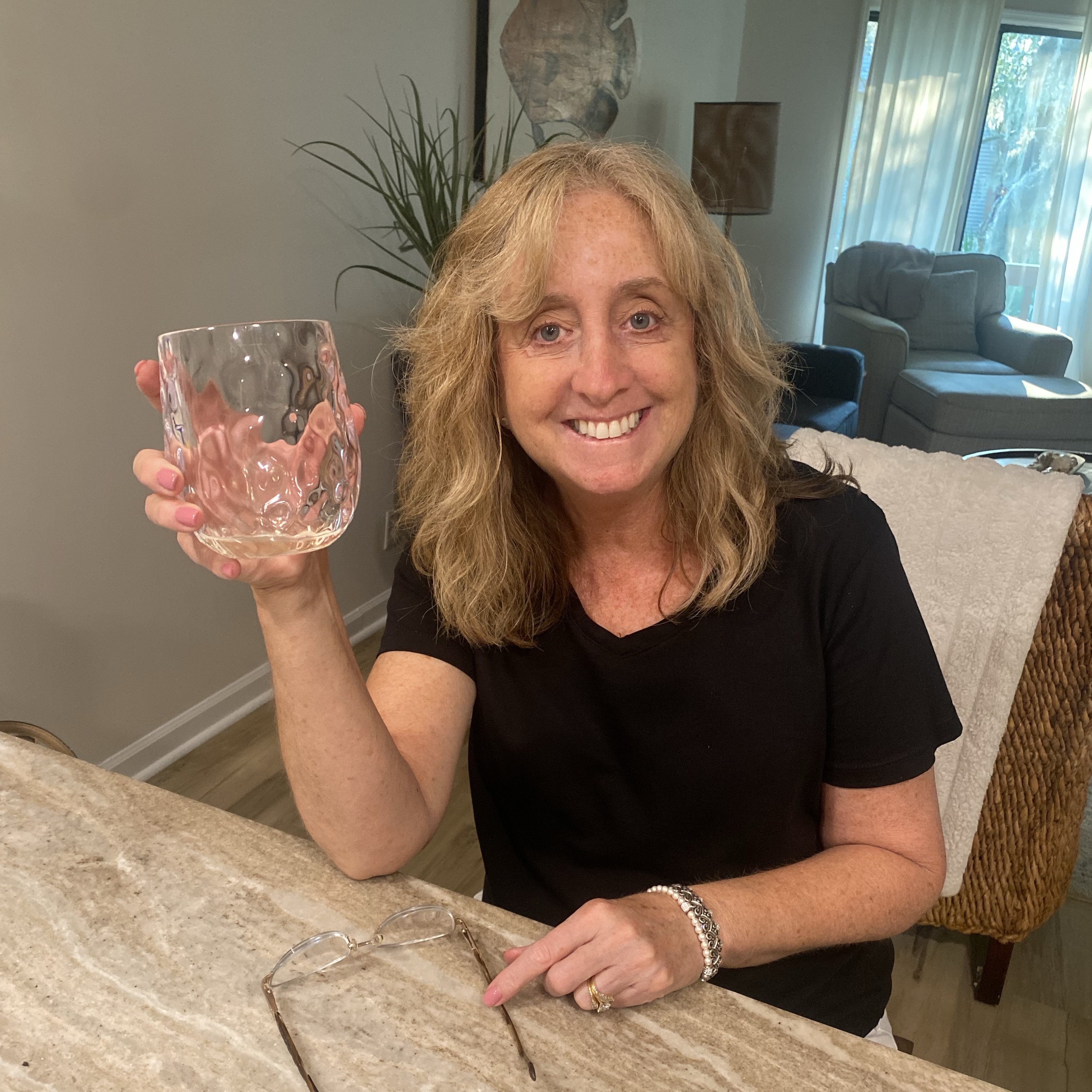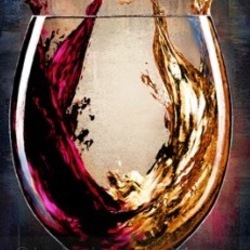Chateau De By
Domaine du Chateau de Meursault
Clos des Epenots Pommard 1er Cru Pinot Noir 2020
This Pinot Noir is full-bodied and well-balanced, offering a rich and satisfying flavor profile. — 2 months ago
Domaine de la Romanée-Conti (DRC)
Richebourg Pinot Noir 2017
DRC Richebourg 2017: A fragrance untainted by the world~
The 2017 DRC Richebourg is a perfume explosion—a captivating interplay of woody clove and spice, both flamboyant and impeccably controlled. As we tasted, I asked my friends if they knew of a perfume that echoed this wine's aroma. They replied they had never come across one, but would purchase it without hesitation if they did. To my nose, the closest relative would be L'Artisan Parfumeur’s Dzongkha.
It offers that bracing, airy coolness with smoky, peppery spices, laced with the subtle sweet-herbaceous touch of magnolia and clove—reminiscent of the complex scent that washes over you the moment you push open the massive door of an ancient, solitary temple: the crisp, thin air of the high altitudes meeting the first ethereal wisp of incense smoke. Then unfolds layers of ancient wood, the dust of old books, musk, and earthy vetiver. The overall character is intensely crystalline, spiritual, and weightless—evoking visions of high plateaus and vast wilderness, of isolated lamaseries. Some DRCs also possess a temple-like quality, but theirs is a temple down here among us, bustling with devotees and heavy with the common smoke of popular devotion— a more earthly presence. — 3 months ago
Chateau de Valandraud
Saint-Émilion Red Bordeaux Blend 2000
3lts impulsor casona — 15 days ago
Domaine de la Romanée-Conti (DRC)
Grands Échézeaux Pinot Noir 2015
From a Delectable library photo. This is the 2015 vintage. Sweeter aromatics compared to the 2015 Echezeaux. An even more gorgeous scented nose. That sweetness carries through to the medium bodied palate. A little more flesh and density. The old vine fruit averaging 55 years. The name however does not imply greater quality over the Echezeaux. Jasper Morris MW has sometimes preferred Echezeaux to Grands Echezeaux in a given vintage. “Interestingly the vineyard is east facing with a thickish layer of well drained clay soil above the same downwash subsoil of Bajocian limestone as Le Musigny - a characteristic not shared by the rest of Echezeaux. This can impart a fuller texture to the wines of Grands Echezeaux over its neighbour as well as a greater consistency from one vintage to the next.” sourced from Inside Burgundy by Jasper Morris MW. — 3 months ago
Château Latour
Le Pauillac de Chateau Latour Red Bordeaux Blend 2019
Pretty deep ruby with thin violet rim . Quite ripe and generously fruited , blackberry , dark cherry , touches of cocoa , toasty oak. On the palate this has more of the ripe dark fruits of the nose , blackberry , cassis , dark cherry with but with some spicy notes along with some grafite and toasty hints . Quite ripe but noticeable grippy tannins , and balanced acidity . Alcohol also appears well intergrated, though there is a roundness to this. Quite user friendly for Latour (remember though , this is the 3rd wine!) but that means that the 2019 is actually enjoyable to drink now but will probably repay aging over the next 5-10 years . Not particularly complex but well made and well balanced especially given the 14% alcohol . I don’t think that tasted blind this could be anything other than the Medoc, the more modern , warmer Medoc than 20 -30 years ago of course . The level of many other 2nd wines , though not their Grand Vins. Next day still showing well , a little more grafite and earthiness , cooler dark fruits. Tannins still quite noticable , saline tinged grafite finish. — 2 months ago
Bernard Magrez
Chateau Pape Clément Grand Cru Classé de Graves Red Bordeaux Blend 2010
Robust and bold. Dark fruit, dark plum and ripe blackberry, cassis, oak. — 3 months ago
Domaine de la Romanée-Conti (DRC)
Échézeaux Pinot Noir 2005
The Legendary 1990 and 2005 Vintages, and the 'Rouge' Aroma They Revealed!
I was meeting friends for a tasting, and I said I would bring a wine with a "rouge aroma" (*Yānzhī xiāng*). My friend also promised to open one with the same scent. If it's a cool vintage, a DRC might not reveal that distinctive rouge scent, but it's more common in warmer vintages, especially older ones from hot years. Of course, 2005 is a legendary vintage—it was warm but with significant diurnal temperature variation, resulting in balanced acidity and concentration, which also creates a very strong structure.
Thankfully, the 1990 Clos de Tart, despite having a very low fill level, wasn't spoiled. Its condition wasn't as potent as a previous bottle I had opened. This one took about 1.5 hours to fully open up in the glass. When it did, it revealed that signature Jiangnan "rouge" scent—very soft, enchanting, and feminine—along with some notes of dried longan. The fruit was balanced, though the acidity was relatively weak.
Today, I'll mainly write about this DRC. Its structure is incredibly powerful. For the first two hours, it was very closed. I believe this wine needed at least four hours of decanting, primarily because the 2005s, despite being a warm year, aren't that easy to open up. The aromas only started to slowly emerge around the third hour, and we were using large decanters and glasses, waiting for a long time. Initially, for the first half-hour after opening, there was a reductive note that was a bit funky. Later, after it opened up, the nose was primarily an interplay of cypress pine, violets, and that rouge scent intertwined. Honestly, this wine felt androgynous to me—it evokes an image of a knight and a princess playing in a forest. It wasn't overly soft, and its layers were incredibly complex.
On the palate, it was abundant: primarily black fruit, sour plum, sandalwood, coffee beans, a hint of dark chocolate, and a touch of earthy notes. The tannins weren't very soft—but then again, I'm so accustomed to drinking old wines. I feel this wine will need another 10 years to truly reach its peak. Its structure is exceptionally strong, unfolding layer by layer, with beautifully balanced acidity.
Comparing these two wines, their styles are completely different. One could say it's a contrast between an iconic Eastern beauty and a Western princess. I personally adore the soft and elegant style, but the 2005 is a wine with immense structure—it possesses a feminine power that is very potent, almost like the vision of a woman holding authority in a man's world.
Drinking such magnificent wines brings me great joy! — 3 months ago









"Odedi"
Purplish in color with a wide reddish rim.
Fruity nose and medium plus in body with medium acidity.
Dry on the palate with nice complexity.
Showing black fruits with light wood, spices, coffee, dark chocolates, earth, tobacco leaf, herbs and black pepper.
Long finish with fine grained tannins and tangy cherries.
This is a delicious Mourvedre from Bandol. Rich and fruit forward with nice complexity. Elegant with lots of fruits and chocolate notes.
This 5 year old is drinking beautifully now, and will continue to age nicely in the next 25 years.
A good sipping wine that will also pair nicely with food.
A blend of 90% Mourvedre and 10% Grenache. Aged in used French oak barrels for 18 months.
14.5% alcohol by volume.
92 points.
$50. — a month ago